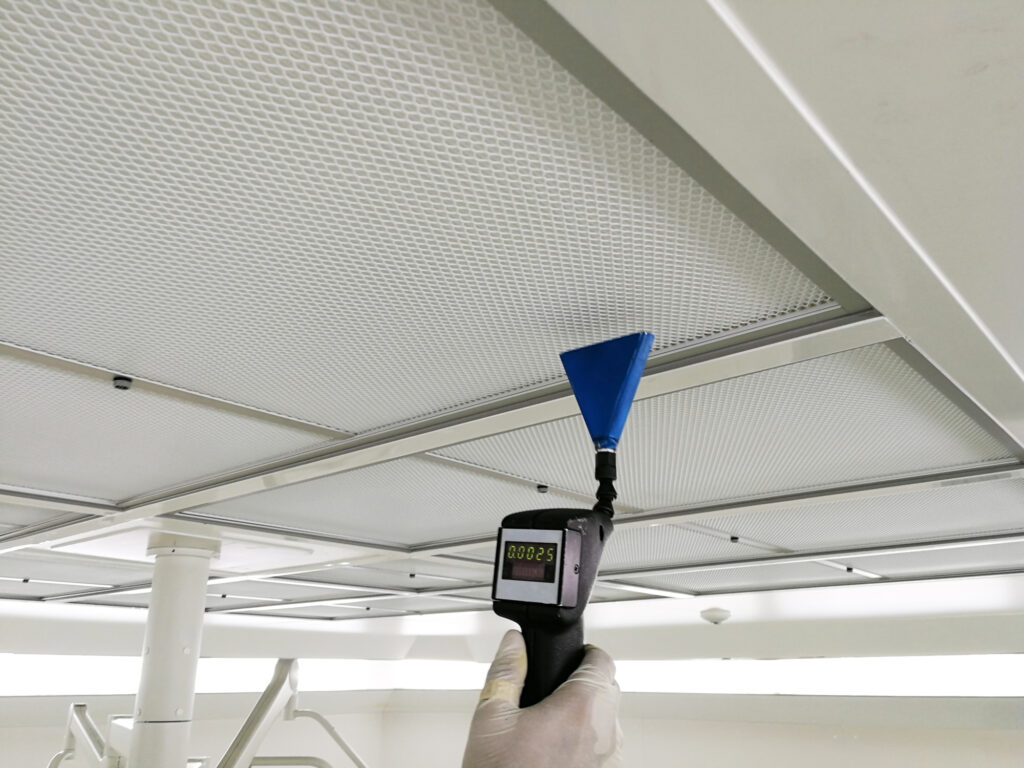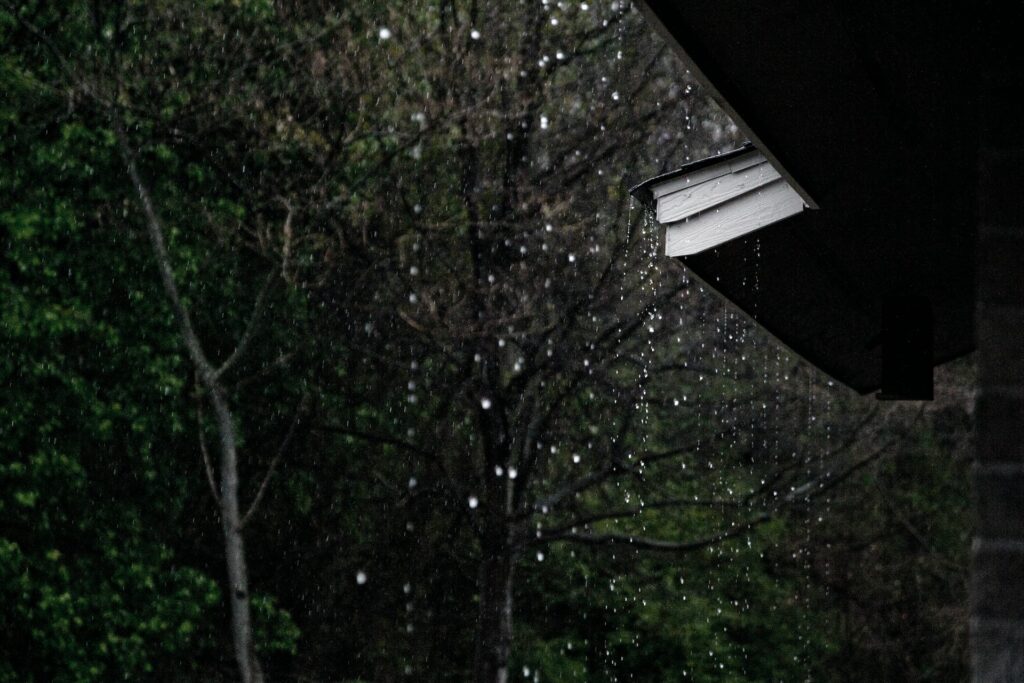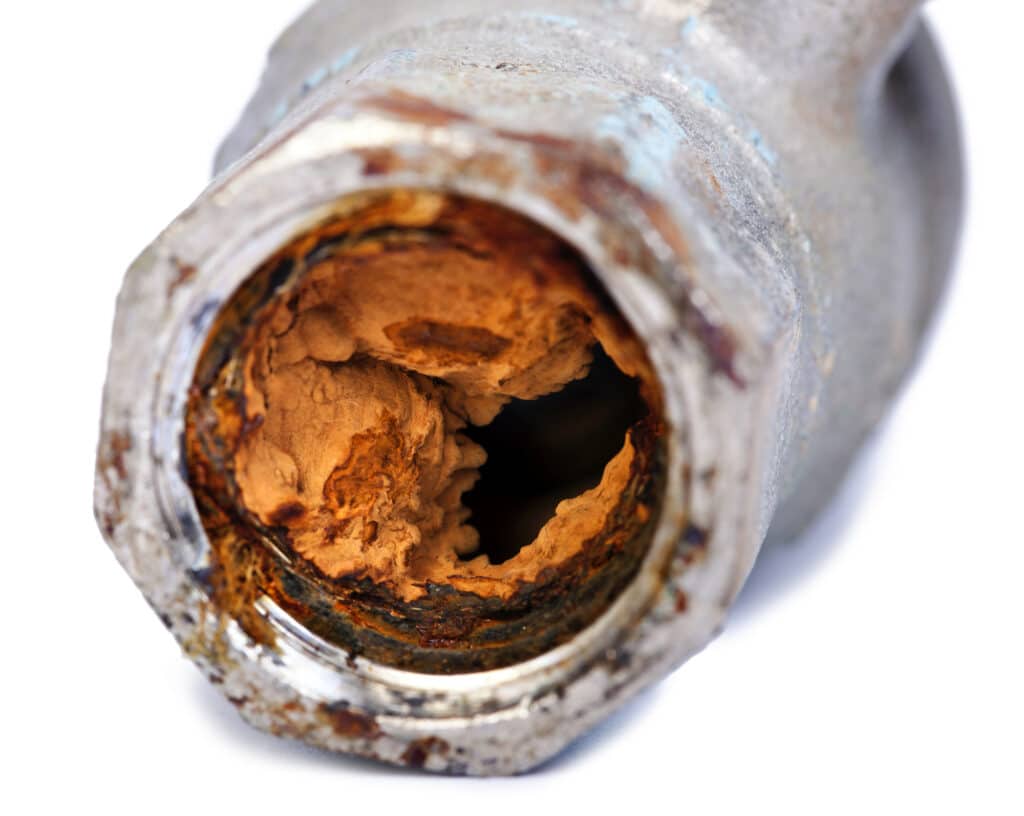Weeping dry rot, its scientific name Serpula lacrymans, is a fungus responsible for the deterioration of wooden structures. This mold proliferates in humid or poorly ventilated places, especially attics and basements. It is important to get rid of it to avoid major damage. Find out how to recognize weeping dry rot, the causes of its appearance and the means to overcome it.
How does weeping dry rot manifest?
Weeping dry rot is a fungus that will grow over time. Therefore, detection at the start of growth is important to be able to save the construction. To identify weeping dry rot, you need to look at different aspects: visual, odor, and structure.
Here are the main elements to monitor closely:
- Wet spots shaped like “clouds”: white, gray or brown colored marks similar to cloudy filaments appear in affected areas. Weeping dry rot tends to colonize ceilings, walls and various wooden structures in contact with humidity. These spots are due to the mycelium, the vegetative part of the fungus that develops the most during the colonization and development phase.
- A moldy smell: An infested home will smell of mold and fungus. It should be noted that the presence of a VMC can camouflage this odor. In this case, you have to “sniff” in every corner of the house to be sure not to miss anything;
- A swollen appearance: When this fungus attacks wood, it becomes swollen and misshapen. This appearance can extend over several centimeters.
What are the causes of the appearance of dry rot?
Humidity is one of the most common reasons. A humid place lacking air provides favorable conditions for the development of this wood-eating fungus. Weeping dry rot will proliferate naturally in this situation. There are also other factors that favor this appearance.
Let’s take the example of a new building that tenants can contaminate with elements that have come into contact with the fungus. Infected wooden furniture, shoes, accessories, clothing and even a pet can carry it.
The following causes should also be mentioned:
- Lack of brightness;
- High humidity near a wooden structure;
- Insufficient ventilation of the premises;
- Temperature between 5°C to 26°C.
How to treat an area affected by lignivorous fungus?
Demolition is the ultimate solution when the damage is very important. Fortunately, there are solutions to avoid this extreme measure. One is to bag to kill weeping dry rot. A professional will seal and thus dry the infested areas with a tarpaulin. It continues the operation by heating the air to 50°C for almost 16 hours.
There is also fungicide treatment which proves very effective, provided the problem surfaces are accurately identified. The disadvantage of this technique lies in the toxic nature of the products used. Not only are they bad for the environment, but also for human health. Multiple and rigorous precautions are then necessary.
Be careful to avoid applying bleach to the mushroom, even if some recommend this gesture. Indeed, this product will intensify the infestation. Also, it is not recommended to burn dry rot with a blowtorch. This is a false good idea whose results are not guaranteed.
Weeping dry rot: financial support offered as part of a residential intervention program
The Quebec government provides financial support to homeowners affected by an infestation of weeping dry rot. This project launched by the Société d’habitation du Québec (SHQ) in 2018 aims to reduce expenses relating to rehabilitation work. Also, it helps to provide a healthy and safe environment for residents.
The project concerns owners of buildings located in infested areas. These can be single-family homes or townhouses. You should know that the granting of financial support will end on March 31, 2024.







About The Author: Cedric Pharand
More posts by cedric Pharand